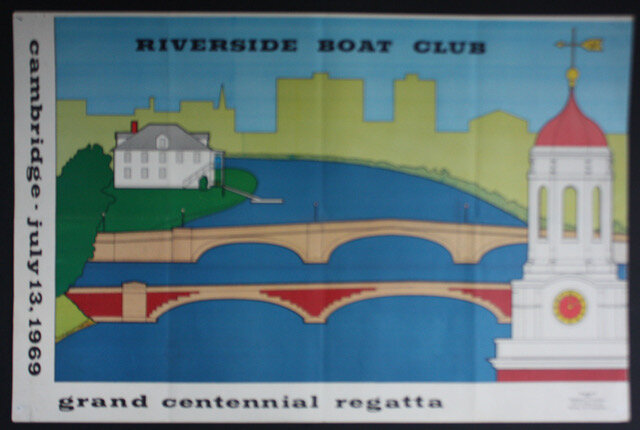RIVERSIDE BOAT CLUB 150TH ANNIVERSARY HISTORY SERIES
By Dick Garver
On the eve of Riverside Boat Club’s 150th anniversary celebration, it is gratifying to recognize the distance the club has come in the last fifty years. Riverside was dangerously close to extinction in 1969. Frank Bane Jr. recalls that there were so few people around the boathouse at the time that he and his brothers invited friends and classmates to join them for summer evening rows.
“There were no ‘boat reservations’. There was no one else interested in rowing. Every night you had a choice of any club boat to row of the old wooden rowing fleet we possessed. We had two doubles. The ‘Cutler’ double made in 1936 by Greene and a massive wood double made by Pat Shea of Charlestown that had been made for Steve ‘Crusher’ Casey but rejected as too clumsy! The quad was an old Davies built boat with metal oar-locks, plenty of grease, and a leak that would fill the bottom of the boat after a six mile row.”
With so little rowing activity going on, Cambridgeport youngsters used the boathouse as a hangout.
It is a measure of the club’s place among the other Charles River organizations that when a young man named Jim Sullivan arrived from New York State and, intrigued by the boats he saw in the basin, inquired at Union if he could learn to row there, he was told he would be welcome after three club members sponsored him. When he said he didn’t know anyone in town, he was told to go up to Riverside. “They’ll take anyone.” Knocking on the door, Sullivan was greeted by Ted van Dusen, then club president, who put him in a gig, and by 1972 he was rowing a double in the Head of the Charles with Jim White.
To save itself, in 1965 the club took the drastic step of leasing its downstream bay and the boathouse’s entire second floor to Northeastern University’s fledgling rowing program for a period of ten years at $1,000 per year, plus responsibility for maintaining the boathouse and paying for the club’s utilities and insurance. The club had obtained a life-sustaining source of revenue. At the same time, the lease severely curtailed its members’ use of their own building. Northeastern locked off its space for its exclusive use. Club members were confined to the two upstream bays and the first floor changing facilities.
Nevertheless, in July 1969 Riverside managed to mount a Grand Centennial Regatta. Tom Kudzma, recent club president and a poster artist with an international reputation, created this one for the event.
As for the regatta itself, given the club’s few competitors, van Dusen rowed in the senior lightweight single event at noon and in the senior light double at 12:45. What a contrast to participation in the Cromwell Cup these days, to say nothing of regattas in this country and abroad.



